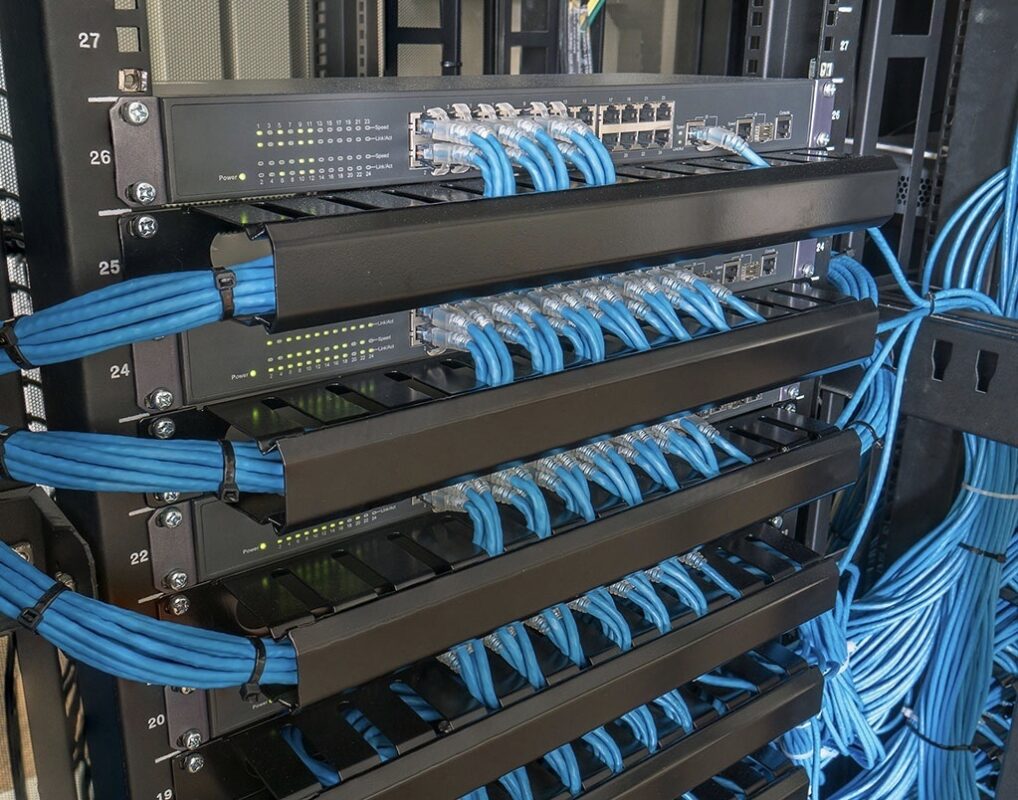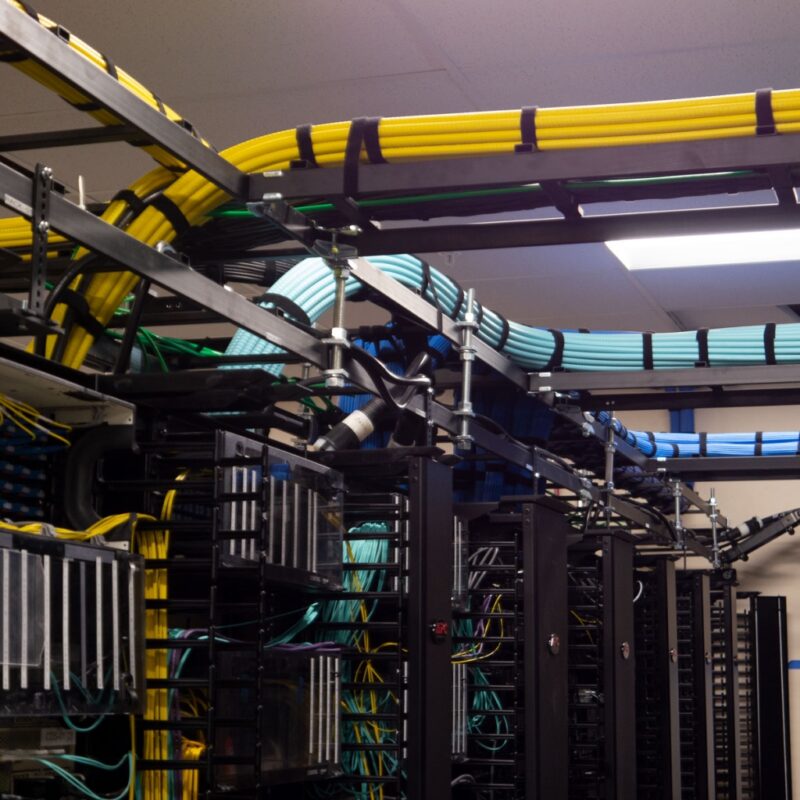What Is Network Infrastructure?
Structured cabling is the basis of network implementation we can say that the backbone, can support data images, voice and graphics, and other transmission requirements, such as current computers and future networks and communication systems.
Structured cabling is based on a generally valid structure that also takes into account multi-year requirements, so it is common to use the same cabling for both the local and telephony network.
Smart construction with comfort, safety, convenience, economy, and advanced features, usually include:
- Central computer control system
- automation systems
- office automation systems
- communication systems
- fire automation systems
- Structure of the security automation system
- Cabling system.
goal
The purpose of a standard cabling system is to support multi-product, multi-vendor environments. A tidy cabling system costs less to install and maintain for the entire life of the system.
The cable system includes the communication cable from the ground line of the communication cable and the support structure system and the building space.
Structured cabling standards describe all elements of a cable communication system for installing support and maintenance systems.
Benefits of Structured Cabling?
It provides reasonable investment through the design of the four basic elements (structure, system, service, and management) of the buildings and their internal links, and at the same time, it has high efficiency and elegance, convenience and fast, in addition to the safe environment space and system. structured cabling is the basis for achieving this goal.
PRACTICALITY: Support a variety of data communication systems, multimedia technology, and information management, to adapt to the development of modern and future technology;
FLEXIBILITY: Any information point can connect different types of equipment, such as a microcomputer, printer, terminal, server, monitor, etc.
OPENNESS: Able to support any manufacturer of any network product, support any network structure such as bus, star, ring, etc…
MODULAR: All connectors are modular, easy to use, manage and expand;
SCALABILITY: After the implementation of the structured cabling system is scalable so that in the future there is greater demand, it is easy to install access to the equipment;
ECONOMY: One-time investment, long-term benefits, and low maintenance costs, so the overall investment is less.
recommendations
When installing a computer network, we need to make some considerations, one of which is the resource or hardware that is in use, various network cables, and cabling support devices.
It is still important to take into account:
- Standard components such as cables and connections
- Hierarchical network topology (star, tree, …)
- Installation recommendations
- Standardized measurement, testing, and documentation procedures












